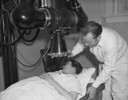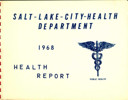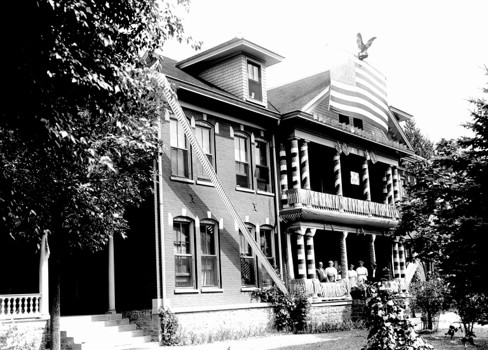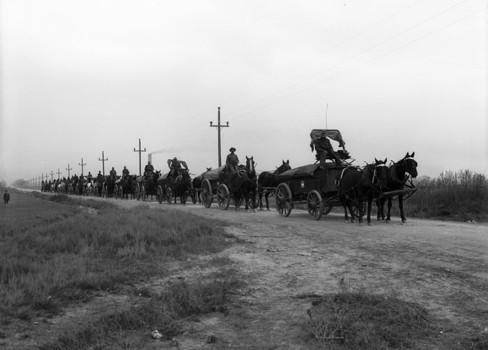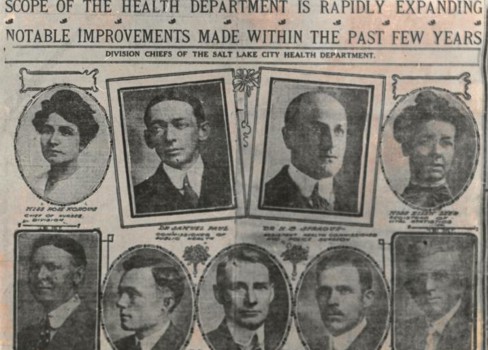Great Sanitary Awakening 1850-1880
Salt Lake County’s earliest public health directives were influenced by the way people thought about disease and medicine at the time. In 1852, the same year that Utah settlers were establishing an official county government, a statistician and bookseller in Massachusetts named Lemuel Shattuck published a report on the connections between disease and poverty in urban spaces. Shattuck was part of what historians call the “great sanitary awakening,” when U.S. and U.K. public officials started to think of disease outbreaks and high mortality rates as the direct result of densely-populated and unsanitary living conditions. At this time, health officials also still believed in a “miasma” theory of disease, where foul air was seen as a primary vector of illness.


